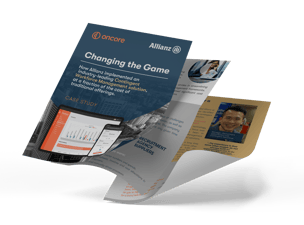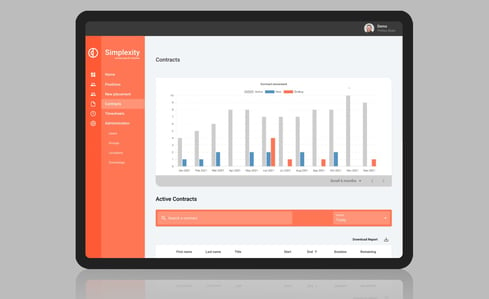Workers will be able to pump more low-tax money into superannuation after strong wage growth by the Australian Bureau of Statistics triggered the first increase in contribution limits in three years.
Commencing July 1, both concessional (pre-tax) and non-concessional (post-tax) contribution caps will be lifted by $2,500 and $10,000 annually, respectively.
Mortgage-free Australians with high levels of disposable income, pre-retirees eager to top up their balances and small business owners are among those most likely to be able to take advantage of the opportunity to stash more money in super, experts say.
From July 1, the concessional contribution limit will rise from $27,500 to $30,000.
Aware Super general manager of advice Peter Hogg said the adjustment would give workers more “firepower” to maximise tax-advantaged savings for retirement.
From July 1, the concessional contribution limit will rise from $27,500 to $30,000, while the non-concessional cap will rise from $110,000 to $120,000.
Indexation of the limits was triggered when the Australian Bureau of Statistics on Thursday said average weekly ordinary time earnings (AWOTE) rose 4.5 per cent, seasonally adjusted, in the year to November. AWOTE needed only to rise by 0.7 per cent to spark the adjustment.
Meantime, the three-year bring forward limits will increase from $330,000 to $360,000, unless they have been triggered by 30 June 2024. If they have, then the $330,000 limit will still apply.
The increase does not apply to the $1.9 million total super balance limit, however, lower sub-limits will apply due to being based on the contribution caps.
Aware Super general manager - advice Peter Hogg said the increase will be particularly beneficial for older workers as they are more likely to be able to make extra contributions. The higher caps could also prove valuable to people transitioning to retirement and retirees under 75, he said.
"The higher caps will give them extra firepower to top up their retirement savings and make the most of the favourable tax settings in the super system. These settings are in place to help people save for retirement and ultimately take pressure off the taxpayer by reducing demand for the Age Pension, so those who are in a position to make use of the increased limits next financial year should give serious consideration to doing so," he said.
"Wages have been climbing at a relatively quick rate in recent years but contribution caps, because of how they're indexed, haven't changed since 2021, so really we're playing catch-up. With that said, the 2021 increase was the first in four years. The fact we'll now see an increase after three years reflects the strong wage growth we've seen so far this decade."












_11zon%20(1).jpg?width=302&height=124&name=linkedin-sales-solutions-vqWWOnA6--M-unsplash%20(2)_11zon%20(1).jpg)






